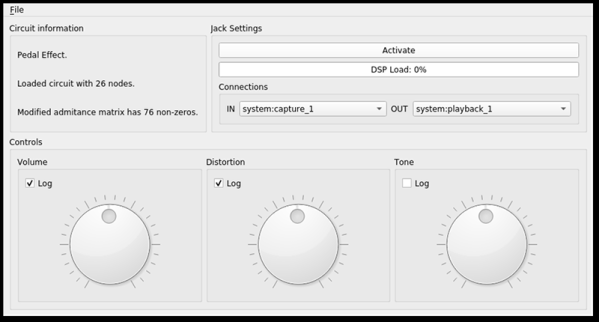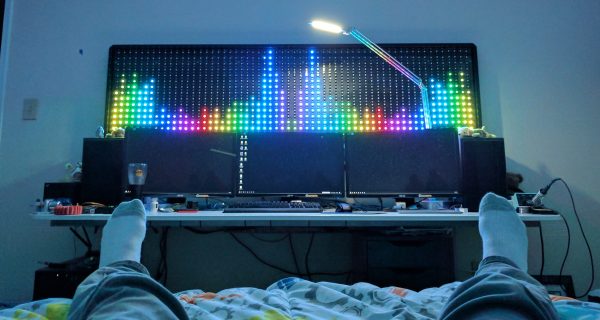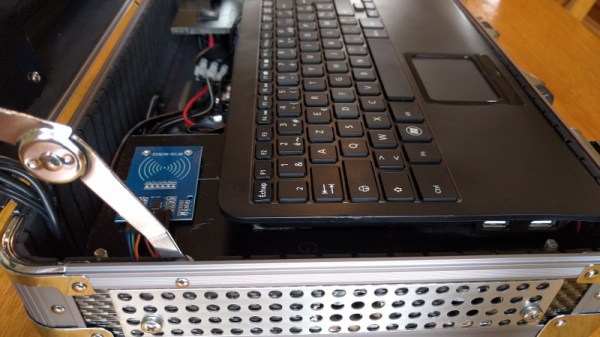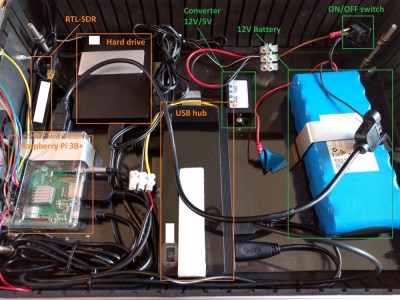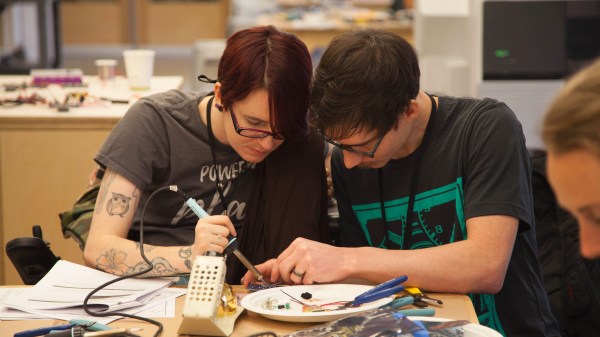AM broadcasting had a big problem, but usually only at night. During the day the AM signals had limited range, but at night they could travel across the country. With simple wire antennas, any two stations on the same frequency would interfere with each other. Because of this, the FCC required most radio stations to shut down or reduce power at night leaving just a handful of “clear channel” stations for nighttime programming. However, creating directional antennas allowed more stations to share channels and that’s the subject of a recent post by [John Schneider].
When it comes to antennas, ham radio operators often think bigger is better. After all, hams typically want to work stations far away, not some specific location. That’s not true in the commercial world, though. The big breakthrough that led to, for example, cell phones was the realization that making smaller antennas with lower power at higher frequencies would allow for reuse of channels. In those areas the focus is on making cells smaller and smaller to accommodate more people. You can think of AM broadcasting as using the same idea, except with relatively large cells.


